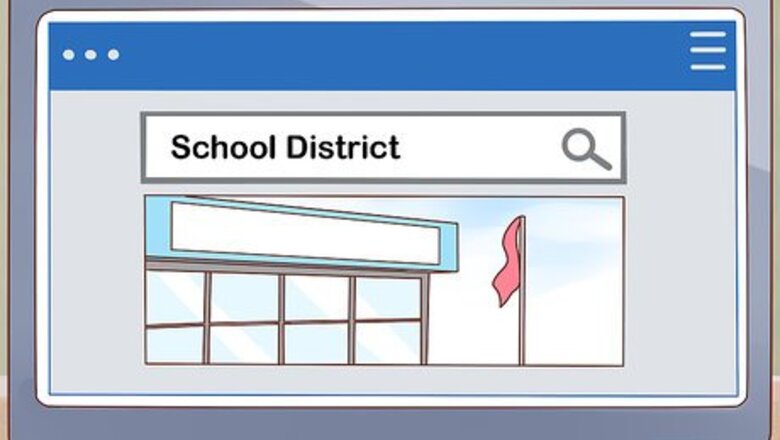
views
- Research schools ahead of time and decide which one you'd like your child to attend.
- Get the enrollment process started by getting a copy of your child's current classes and coursework, as well as proof of residency.
- Apply for a transfer request and complete any required enrollment forms so your child can get started at the new school.
- Help your child adjust to the change by letting them visit the school ahead of time and enrolling them in different activities.
Selecting a New School
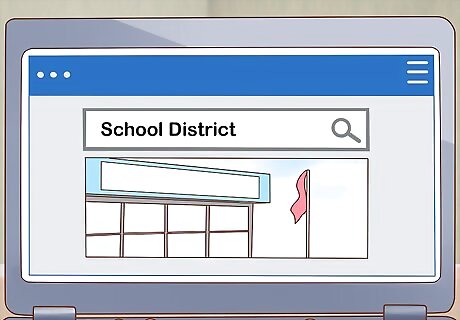
Find out what school district you’re in. Check your city’s website to see what school districts they have. Your city or town may have as little as one district, and a large city may have several districts. Ask your neighbors what schools their children attend, but be aware that boundaries can divide what district you and your neighbors are in.
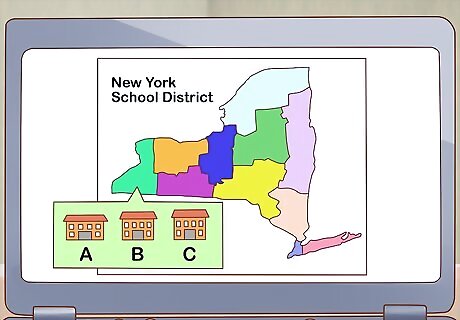
Choose a school from your same district. If your school district has several elementary schools within it, you may or may not be able to transfer your child. Find out what school choices your district offers. A transfer request may be easier, if your district offers open transfers. In New York City, for example, they offer what is called a variance and you can use that to apply to different schools within a district.
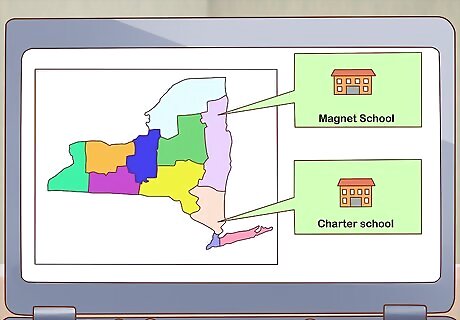
Choose a school from a different district. Many school districts offer inter-district options, where different schools across neighboring areas take applicants from a large pool. Inter-district options are common in larger cities. Magnet schools are normally very competitive, have special programs, and high expectations of students. Charter schools may be competitive and require certain grades. Some schools use a lottery system, where applicants are chosen randomly. Some schools accept students by a combination of lottery and competitive requirements.

Compare school ratings. Look at district rankings in your area or state. Many schools within a district can be evaluated by looking at their school accountability reports. Many places use a grading scale and this information should be posted on a district website.

Visit the school. Selecting a school that fits best may require informal principal interviews and tours of the school. Matching a school with a student can mean reviewing extra-curricular activities, discipline policies or classroom size. Look for signs of a good school, like engaged students and high expectations.

Determine how integrated the school is. Find out how integrated a school is by looking at how much variety it offers economically, socially and racially. It's important for a school to offer a rich learning environment, and that includes different viewpoints from peers and teachers. Look at demographic statistics to determine whether a school has a student pool that is mostly homogeneous or varied.
Enrolling Your Child

Start the enrollment process as soon as you can. Once you have a projected move date, you can contact a new school for information about their enrollment process. The earlier you can do this the better, because you will need to fill out paperwork and show the school important documents. It can take anywhere from one day to several days to fully enroll in a new school.
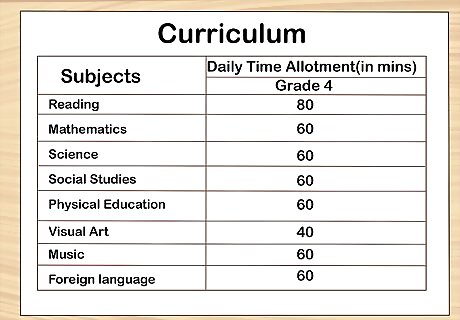
Get a copy of current classes and coursework. Your child’s new school will want to know what curriculum your child has been studying. Special programs your child is in, such as band or foreign language learning, will be things the new school will want to know about in order to accommodate you. Some things at the new school may not be offered, or they may offer more classes, such as advanced placement options.
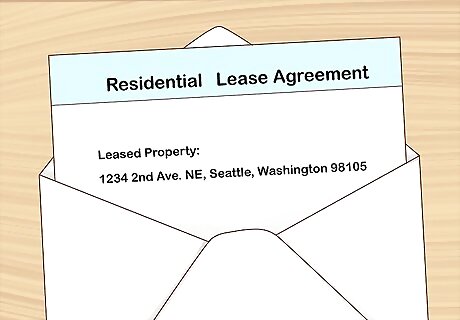
Gather proof of residency. Your new school will want proof that you live in their zone. Proof of residency can be as simple as having a piece of mail addressed to you. It can also be as complicated as having to show a lease agreement or mortgage paperwork, and hard proofs of I.D. The school district can tell you exactly what you need to show as proof.
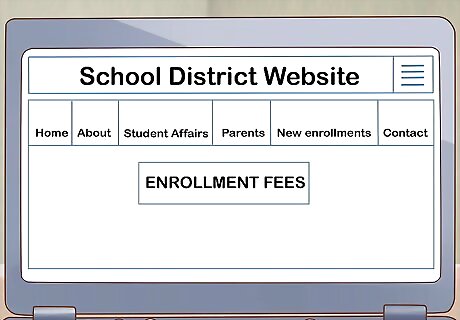
Check the district website. If you’re moving to a new district, they will likely have important information about their enrollment process online. Search through links for parents or new enrollments to get an idea of what the school will ask for. You may be able to find what enrollment fees the school has online.

Call the district office. Even though you may know the specific school your child will attend, it’s important to contact the district office first. They will have the most up-to-date information about how to get your child enrolled, and they can tell you important things you need before you contact a school. Sometimes, you can fully enroll your child at the district office and start immediately at a new school. Other times, you may need to make an appointment at a new school and file enrollment papers there.
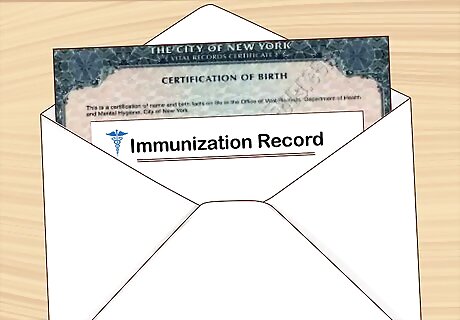
Gather immunization records and birth certificates. A new school district may ask to see copies of the same documents you needed to enroll your child in a current school. Make sure you have documents handy, like current shot records and a copy of your child’s birth certificate. You will also need your child’s social security number.
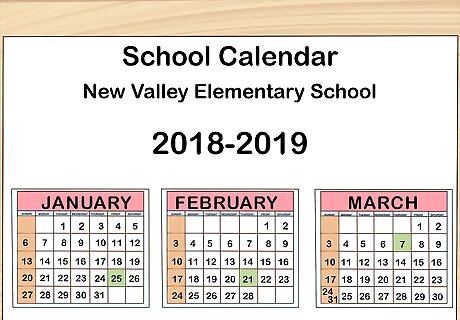
Check school calendars and grades completed. You may have to time your child’s new school start to a new district’s calendar. It may also be wise to have mid-term or semester grades completed at an old school before starting a new school. This will make it easier for teachers to know where your child is at in his or her studies.
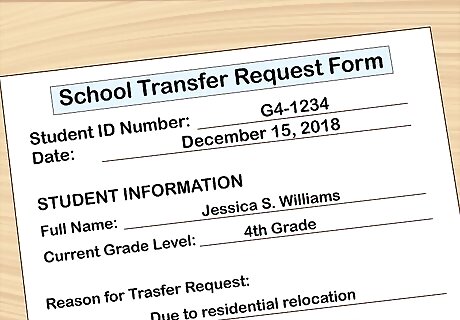
Apply for a transfer request. Thoroughly fill out all necessary documents to initiate the transfer process, and submit them on time. A missed deadline can mean a missed approval from the school. Be mindful that some districts will require you to turn in the transfer request forms to the school, while others require you to turn them into a district office or mail them. Sometimes transfer requests will not be granted until the start of the upcoming school year. Transfers from one district to another typically require permission from both the current school and the desired school. A transfer may be denied if insufficient reason for a transfer is given or a school is overcrowded.
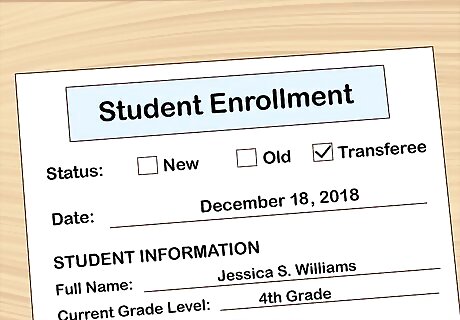
Fill out enrollment paperwork. Fill out necessary forms for your child at the school. You can call ahead, if you didn’t have to make an appointment. Some schools offer online enrollment, and if they do, they can tell you over the phone. The new school will have applications and forms to fill out. It’s also a great idea to have key documents on hand, such as birth certificates, immunizations, and proof of residency.
Adjusting to a New School
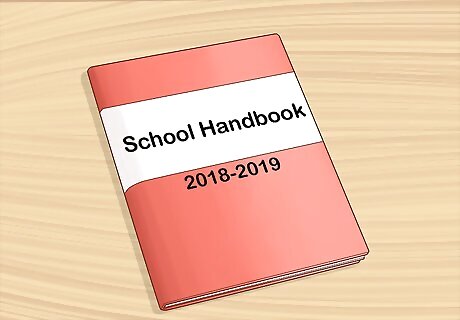
Read the new school’s handbook and guidelines. Remember that a new school may have different policies on things like clothing, lockers, or physical education. Read the school handbook and go over any differences with your child several days before a new school start. This will ensure your child is not surprised or stressed at the last minute, if he or she has to wear a uniform or use a locker.

Tell your child about a move ASAP. The sooner you tell your child about a new school, the sooner they will have time to accept the change. Be positive when you tell your child by saying something like "Mommy got a new, exciting job that will help us do more things, but you will have to change schools." It’s important to let your child openly express any anxious or sad feelings about a move. Be sympathetic to what your child is feeling and point out anymore positive aspects of the move.

Bring your child to the new school in advance. It’s a good idea to show your child the school they will be attending, before the first day. Take your child with you, when you fill out any enrollment paper at the new school. Set up a time to take a school tour with your child and possibly meet teachers and counselors.
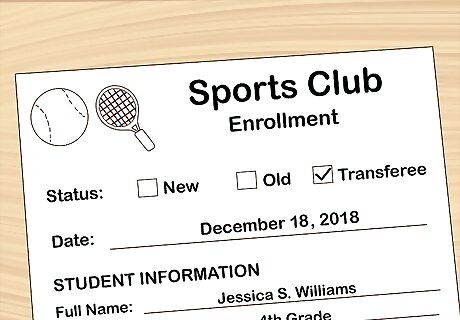
Enroll your child in extracurricular activities. Plan to enroll your child in any sports teams or clubs at a new school. If you enroll your child in activities before a move, it will give him or her something to look forward to. It will also be a great way for your child to make new friends.

Get involved at your child’s new school. Join the school’s Parent Teacher Association and volunteer in your child’s classroom. You can get to know your child’s teacher or teachers and network with other parents. It may also be comforting to your child to know you’re close and supportive.




















Comments
0 comment